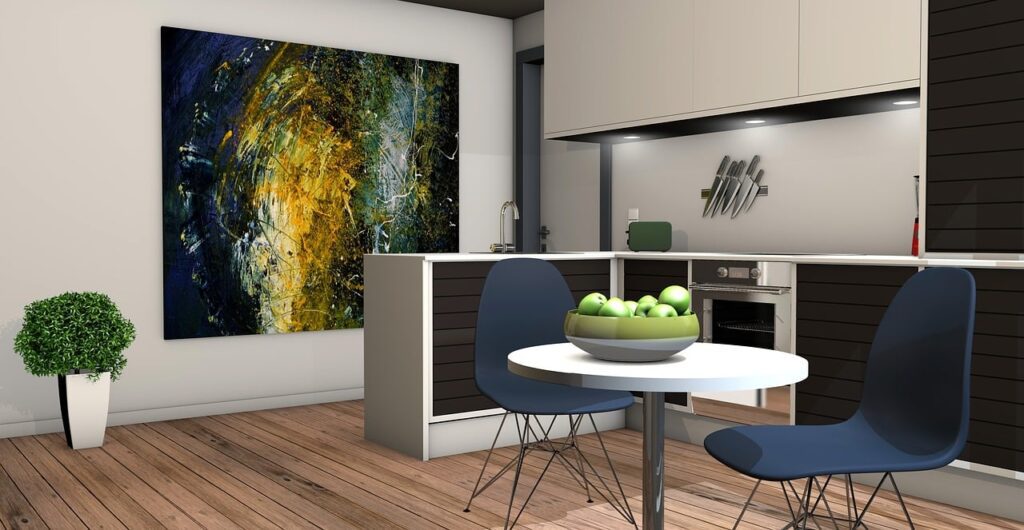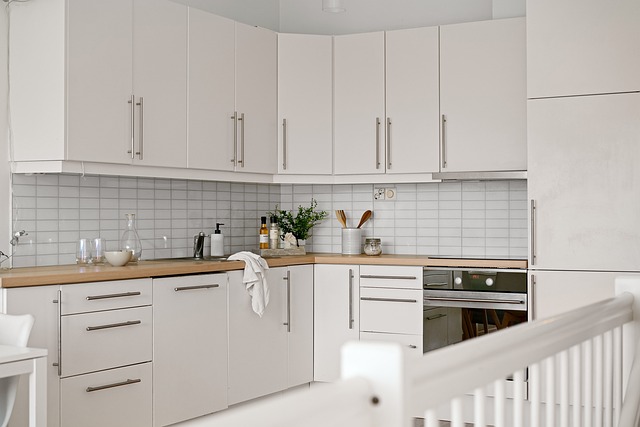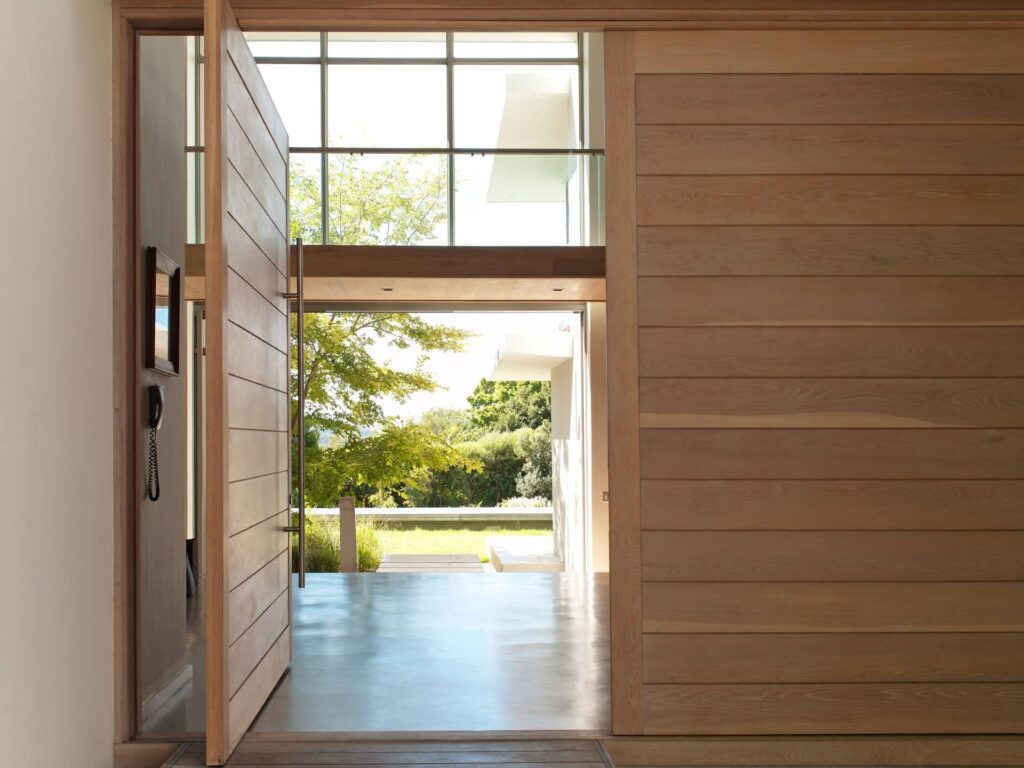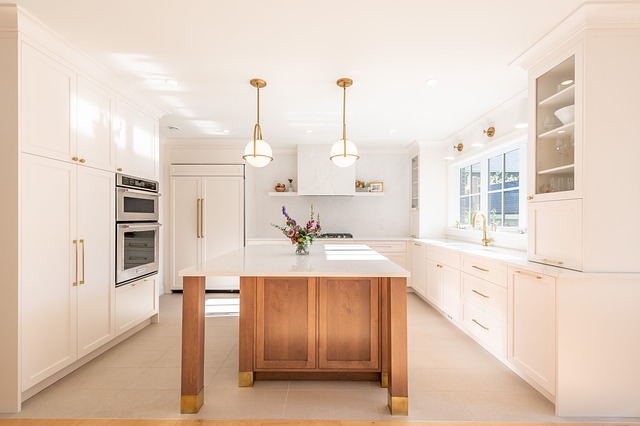Looking for the perfect housing solution for multigenerational families? Attached ADUs might just be the answer you’ve been searching for. Imagine the convenience of having your loved ones close by while still maintaining privacy and independence. With attached ADUs, harmonious multigenerational living becomes a reality. Discover how these innovative spaces can provide a seamless blend of togetherness and personal space, catering to the unique needs of each family member. Say goodbye to the challenges of separate living arrangements and embrace a new way of living that fosters connection and support within your family unit.
Understanding ADUs
Types of ADUs
Accessory Dwelling Units (ADUs) are secondary housing units on a single-family residential lot. They provide independent living quarters for additional occupants. ADUs can be attached to the main house or detached from it. Attached ADUs share one or more walls with the primary residence, making them an extension of the existing structure. On the other hand, detached ADUs are standalone structures located separately from the main house.
Popularity of ADUs
In recent years, ADUs have gained significant popularity as a solution to housing shortages in urban areas. Their flexibility and affordability make them an attractive option for multigenerational families looking to accommodate different generations under one roof. Moreover, ADUs offer homeowners the opportunity to generate rental income or provide housing for aging parents while maintaining privacy and independence for all residents.
Benefits of ADUs for Multigenerational Families
Flexibility
ADUs offer flexible living arrangements for multigenerational families, providing separate living spaces within the same property. This setup allows different generations to live together while maintaining their privacy and independence. For example, grandparents can have their own space while still being close to their children and grandchildren.
Cost Savings
One of the key advantages of ADUs for multigenerational families is the potential for cost savings compared to traditional housing solutions. By having multiple generations living on the same property, families can share expenses such as utilities, maintenance costs, and even groceries. This shared financial burden can significantly reduce the overall cost of living for everyone involved.
Enhanced Family Relationships
ADUs can enhance family relationships by fostering closer bonds between different generations. By living in close proximity, family members can easily interact and support each other on a daily basis. This closeness promotes stronger family ties and allows for greater communication and collaboration. For instance, grandparents can spend more quality time with their grandchildren, creating lasting memories and building strong family connections.
Privacy and Independence in ADUs
Private Living Spaces
ADUs offer private living spaces that cater to individual needs. Each unit is equipped with essential amenities, ensuring residents have their own comfortable space. This privacy is crucial for maintaining harmony in multigenerational families.
Separate Entrances
Separate entrances in ADUs play a significant role in fostering independence among family members. They allow individuals to come and go without disrupting others, promoting a sense of autonomy. This feature ensures that each family member can maintain their schedule and privacy.
Balance of Closeness and Autonomy
ADUs strike a perfect balance between closeness and autonomy for multigenerational households. While family members live in close proximity, they also have the freedom to retreat to their private space when needed. This balance helps in nurturing relationships while respecting each other’s need for personal space.
Cost-Effective Living with ADUs
Financial Benefits
Building an ADU can be a cost-effective housing arrangement for multigenerational families compared to purchasing a larger home. The expenses involved in constructing an ADU are often lower than buying a bigger property, providing good housing solutions at a more affordable price point. The flexibility of having a secondary dwelling unit allows families to accommodate their needs without overspending on a larger house.
Rental Income Opportunities One of the significant advantages of ADUs is the potential for generating rental income, which can help offset costs associated with building and maintaining the unit. By renting out the additional living space, homeowners can achieve housing stability while also contributing to their financial well-being. This additional income stream can make a substantial difference in covering mortgage payments or other expenses related to the property.
Construction Costs
When considering housing options, it’s essential to note that constructing an ADU typically involves lower costs compared to traditional home extensions. The streamlined design and construction process of ADUs make them a more effective housing solution for families looking to expand their living arrangements without breaking the bank. This affordability factor makes ADUs an attractive choice for single-person households or families seeking housing flexibility without compromising on quality.
- Building an ADU offers a cost-effective alternative to purchasing a larger home.
- Rental income from ADUs can help offset construction and maintenance costs.
- Lower construction expenses make ADUs a financially viable housing option.
Designing Family-Friendly ADUs
Comfortable Features
Incorporate features that promote comfort, such as ample natural light and good ventilation. Ensure the temperature control is efficient to cater to different preferences within the family.
Consider installing universal design elements, like wider doorways and lower countertops, to accommodate individuals with mobility challenges. These adjustments can enhance the overall accessibility of the ADU.
Open Floor Plans
Opt for open floor plans to create a spacious and flexible layout. This design choice not only enhances the sense of space but also allows for easy navigation for individuals of all ages.
Pros:
- Facilitates better communication and interaction among family members.
- Provides a seamless flow between different areas within the ADU.
Outdoor Areas
Integrate outdoor spaces, such as a small patio or garden, to encourage outdoor activities and family bonding. These areas can serve as extensions of the living space, providing opportunities for relaxation and recreation.
Pros:
- Promotes physical activity and a healthier lifestyle.
- Offers a retreat from indoor spaces, fostering a connection with nature.
Ensuring Safety in ADUs
Key Features
Fire alarms, secure exits, and emergency lighting are essential safety features in ADUs to protect occupants in case of emergencies. These features ensure early detection of fires and provide clear pathways for evacuation.
Local Building Codes
Adhering to local building codes and regulations is crucial for the safety of ADU occupants. Compliance with these standards guarantees that the structure meets safety requirements, including proper ventilation, electrical wiring, and overall structural integrity.
Lighting and Visibility
Proper lighting inside and around ADUs is vital for enhancing safety and security. Well-lit areas deter potential intruders and help residents navigate the space safely, reducing the risk of accidents or criminal activities.
Modern Tech in ADU Living
Smart Home Technology
Smart home technology offers convenience and security for multigenerational families residing in ADUs. With features like smart locks, security cameras, and smart thermostats, residents can control their living environment with ease.
Incorporating smart home assistants like Amazon Alexa or Google Home can further enhance the functionality of an ADU. These devices allow residents to control various aspects of their living space through voice commands, promoting a seamless living experience for all generations.
Energy-Efficient Appliances
By installing energy-efficient appliances and systems in ADUs, families can significantly reduce their utility costs. LED lighting, energy-star rated appliances, and solar panels are some examples that can contribute to a more sustainable and cost-effective living environment.
The integration of energy monitoring systems enables residents to track their energy consumption and make informed decisions to optimize efficiency. This not only benefits the environment but also helps families save money on their utility bills in the long run.
Connectivity for Family Communication
Maintaining strong family communication is crucial in multigenerational households, especially in the context of ADUs. Utilizing high-speed internet, video calling platforms, and smart home hubs, families can stay connected across different living spaces.
With the ability to monitor loved ones remotely and communicate effortlessly, technology plays a vital role in bridging the gap between generations within a family. This connectivity fosters a sense of unity and support, regardless of physical distance.
Steps to Build Your ADU
Initial Planning
When considering building an ADU for multigenerational families, the first step is understanding local zoning laws. Check with the city to ensure your property is eligible for an ADU and obtain the necessary permits. Researching these regulations early on can prevent delays later in the process.
Budgeting Process
Estimating costs for constructing an ADU involves several factors, including size, materials, and labor. Consider hiring a professional to provide a detailed cost estimate based on your specific needs. Financing options such as personal savings, loans, or home equity lines of credit can help cover the expenses.
Construction Timeline
The construction timeline for an ADU can vary depending on factors like design complexity and permit approval times. On average, the process can take anywhere from a few months to over a year. Designing the ADU typically takes 1-3 months, while construction can range from 4-10 months.
Design Phase
During the design phase, work with an architect or designer to create blueprints that align with your vision and meet local building codes. Consider factors like layout, functionality, and aesthetics to ensure the ADU suits your family’s needs. Make sure to incorporate features that cater to the needs of all generations living in the space.
Construction Process
Once the design is finalized and permits are obtained, the construction process begins. Hiring a reputable contractor is crucial to ensuring quality workmanship and timely completion. Regular inspections throughout the construction phase help maintain compliance with building codes and ensure structural integrity.
Final Touches
As construction nears completion, focus on adding the finishing touches to make the ADU feel like home. This includes installing fixtures, appliances, flooring, and painting. Consider involving family members in decorating decisions to create a space that reflects everyone’s tastes and preferences.
Conclusion
ADUs can truly revolutionize the way multigenerational families live together. With their versatile benefits, including privacy, cost-effectiveness, family-friendly designs, safety measures, and integration of modern technology, ADUs offer a perfect solution for accommodating different generations under one roof. By following the steps outlined to build your ADU, you can create a harmonious living space that meets the diverse needs of your family members.
Take the next step in enhancing your family’s living arrangements by considering the possibilities that ADUs present. Whether it’s for aging parents, adult children, or simply creating extra space for your loved ones, ADUs offer a practical and sustainable solution. Start planning your ADU today to enjoy the numerous advantages they bring to multigenerational households.

Maximize Your Property with Attached ADUs by Red White & Blue Construction!
Are you considering an attached ADU in Lafayette, CA? Look no further than Red White & Blue Construction, your trusted ADU specialists! Transform your property with a custom attached ADU that caters to your changing lifestyle needs. Renowned for our expertise in ADU projects, we’re here to turn your ideas into reality, be it a cozy extension to your home, a stylish in-law suite, or a functional home office. Our proven track record in the Bay Area stands as a testament to our commitment, craftsmanship, and the exceptional standards we uphold in every undertaking.
At Red White & Blue Construction, we’re more than just builders; we’re architects of your ideal living solution. With our transparent pricing and exceptional client service, you’re not just adding an ADU; you’re investing in a versatile, value-adding extension of your home. Choose Red White & Blue Construction for your ADU project. Embark on a journey of Property Enhancement Excellence and contact us today!
Disclaimer
The materials available on this website are for informational and entertainment purposes only and not to provide advice. You should obtain advice concerning any particular issue or problem from a professional. You should not act or refrain from acting based on any content included in this site without seeking legal or other professional advice. The information presented on this website may reflect only some of the current building developments. No action should be taken in reliance on the information on this website. We disclaim all liability concerning actions taken or not taken based on any or all of the contents of this site to the fullest extent permitted by law.





